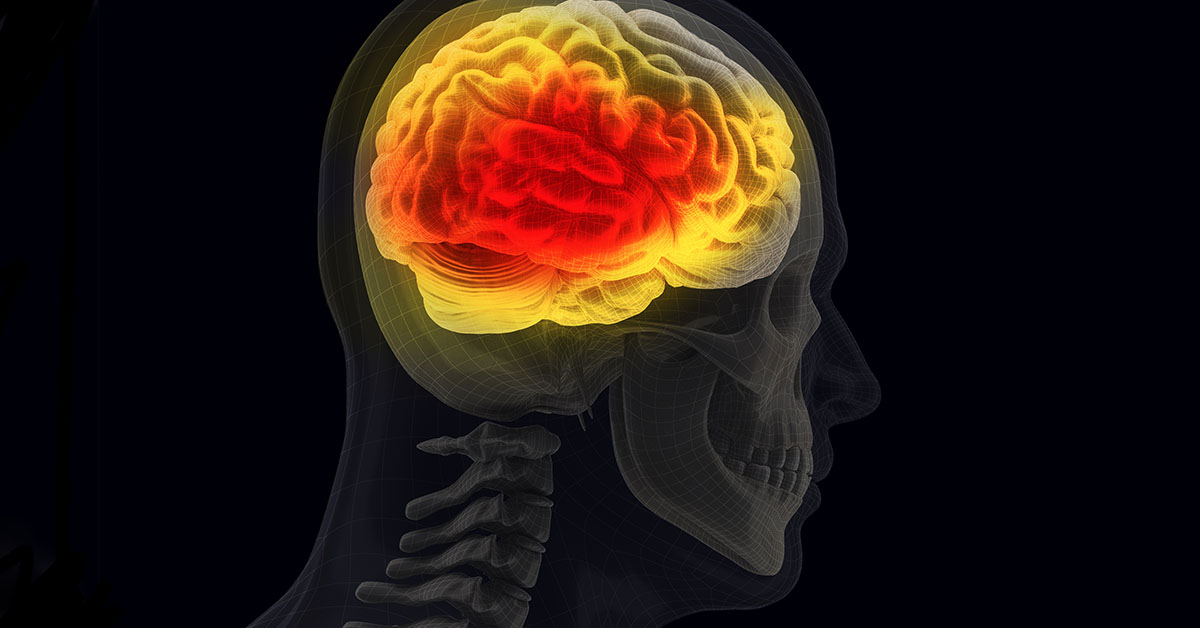Trigeminal schwannomas are a type of brain tumor that are often benign. Read this article to learn more:

What are Trigeminal Schwannomas?
Trigeminal Schwannomas are a type of peripheral intracranial nerve sheath tumor that develop at the skull base and originate from the Schwann cells. Schwann cells are a type of glial cell that helps protect the transmission of messages and instructions by neurons in the peripheral nervous system. The cells do this by creating a protective coating around the nerve cells called the Myelin sheath.
Often, schwannomas are benign, or non-cancerous, and they grow slowly. Although they do not invade the brain, they can put pressure on the brain when their size increases. This tumor can also harm other nerves when it grows in size.
Trigeminal schwannomas are the second most common type of schwannoma, after the far more common acoustic schwannoma.
The nervous system is your body's biological means for communicating and coordinating sensory, muscle and organ functions. This complex network has two main parts, the Central Nervous System and the Peripheral Nervous System. The Central Nervous System, or CNS, is composed of your brain and spinal cord, and it uses their nerve cells, fibers, and supportive cells to receive, process, and send instructive messages throughout your body. Your peripheral nervous system, or PNS, is composed of nerves that serve to carry those messages back and forth between the CNS and the rest of the body. The peripheral nervous system does this by connecting our blood vessels, muscles, glands, and sensory organs to the central nervous system. The nerve cells, or neurons, carry messages, while glial cells are a supportive type of cell that protect and nourish the neurons in the nervous system. Some of the glial cells include oligodendrocytes, astrocytes, ependymal cells, Schwann cells, microglia, and satellite cells.
What causes Trigeminal Schwannomas?
A tumor is an abnormal growth caused by abnormal cell multiplication that does not serve any physiological function. Cell division is regulated by the tumor suppressor genes. These genes also help to repair any damage caused to the DNA. Tumor suppressor genes are constantly at war against the cancer-causing genes called oncogenes. When tumor suppressor genes fail to function properly due to mutations that affect protein encoding, unregulated cell division and growth can occur and cause the development of a tumor.
The body's natural defense system should optimally detect the abnormal cells and kill them. But tumors may produce substances that obstruct the immune system from recognizing the abnormality of tumor cells and eventually the tumor cells may overpower all internal and external checks to their growth.
The exact causes of schwannomas are not yet fully known, but certain genetic conditions like neurofibromatosis may increase the likelihood of this condition.
Symptoms and Diagnosis
Symptoms vary, with some patients presenting no symptoms at all. Some symptoms of trigeminal schwannomas may include facial pain or numbness, headaches, and hearing issues. Other symptoms may include seizures, cognitive, or behavior changes.
This condition may be diagnosed after a review of your medical history and a physical and neurological exam. Your doctor will use a biopsy or imaging studies like an MRI or CT scan in order to confirm the diagnosis and determine the best course of treatment.
How are Trigeminal Schwannomas treated?
Several different surgical approaches can be used to remove skull base tumors. The surgery chosen depends on the type of tumor, its location, and other factors including the overall health of the patient and whether the tumor is benign or malignant. Potential approaches include minimally invasive endonasal endoscopic surgery, craniotomy using minimally invasive endoscopic or endoscopic assisted microsurgery. Radiation therapy may be used after surgery if the tumor is malignant or unable to be removed completely.
 The Highest Quality of Neurosurgical Care
The Highest Quality of Neurosurgical Care